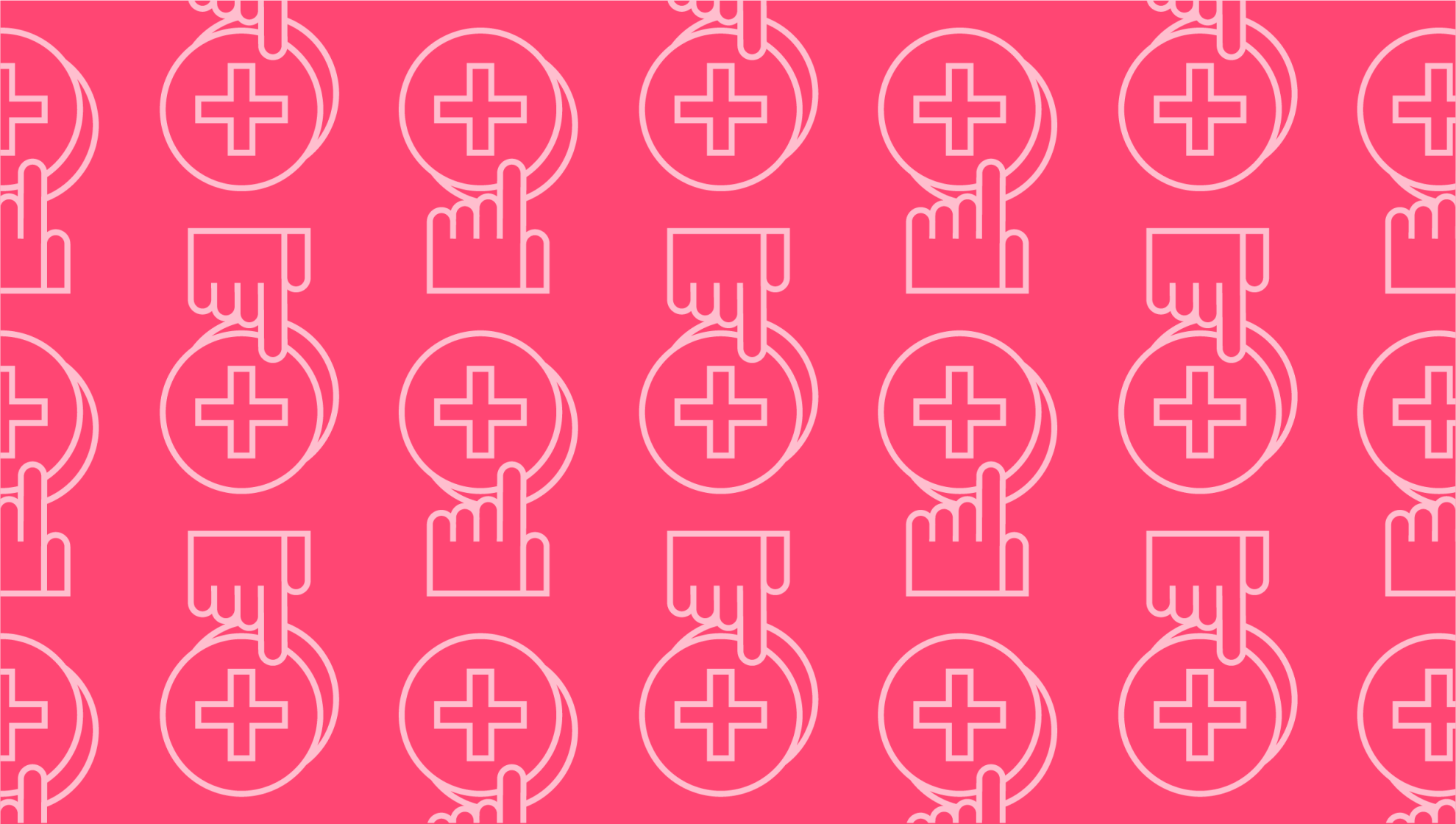
What is drip pricing?
Last editedJan 20212 min read
Drip pricing is a technique used by companies to raise the price of an item once the customer has been drawn into the buying process.
Drip pricing may initially withhold unavoidable fees, such as booking, service, resort or credit card fees, local hotel taxes or any other add-ons like internet access or certain facilities and amenities that are required to use a product or service.
These additional and often mandatory costs are then disclosed by the seller one by one or “dripped” to the buyer at the point of purchase.
Drip pricing is commonly used in the hospitality and travel markets as well as on other online payments. It can be frustrating for consumers, who typically want to know upfront how much a product or service will cost, and may feel duped by later add-ons.
Drip pricing strategy
Companies using drip pricing would rather show a lower price and later explain that mandatory fees make the price more expensive than scare away customers with a high figure from the off.
Drip pricing makes comparison shopping more difficult and penalises sellers who are more transparent with their pricing.
It is especially prevalent online, where the ‘sunk cost fallacy’ comes into play. This explains why a customer still pays the extra price – the fact that they've already sunk time and effort into the deal.
There may be an alternative that is better or cheaper available elsewhere, but because they may have to sign up and fill in personal details again and have already spent time making the decision to buy, their commitment to purchase continues.
Drip pricing enables companies to advertise low prices initially in order to entice customers into the purchase process. The once added costs are revealed, many do not want to restart their search and so simply accept the extra fees.
Drip pricing examples
Drip pricing is often seen in the hospitality industry. For example, an airline may advertise the price of a seat on a plane from Sydney to Melbourne as AUS$75, but that excludes mandatory fees. Once these are included - in this case AUS$25 for baggage fees and AUS$8 for taxes - the total price is AUS$108. But instead of rejecting the sale, the buyer continues because they want to ensure they get a seat on that specific flight.
Hotels also use drip pricing. A large hotel in Brisbane prices a double bedroom at AUS$200 a night on an online booking website, but does not include the AUS$15 resort fee in the advertised price. This mandatory fee is needed to access facilities such as the gym, swimming pool and spa.
Elsewhere, companies use drip pricing when selling products that face stiff price competition. Because customers are likely to shop around for the best price for these items, companies are incentivised to show the lowest price possible even if it is not the price the consumer will ultimately pay.
Is drip pricing illegal?
There is no specific legal provision which regulates drip pricing in Australia. However, this does not mean that drip pricing is legal. In the past, it has been regulated under Section 29 of Australian Consumer Law that prohibits business owners from making “false or misleading representation with respect to the price of goods or services”.
In the case of the Australia Competition and Consumer Commission v Jetstar Airways Pty Ltd it was determined that Jetstar had failed to disclose additional ‘booking and service’ fees at the beginning of the transaction. This allowed them to advertise a heavily discounted price to attract new customers, even though they were never selling tickets at this bargain fee.
We can help
If you’re interested in finding out more about drip pricing, then get in touch with the financial experts at GoCardless. Find out how GoCardless can help you with Ad hoc payments or recurring payments.